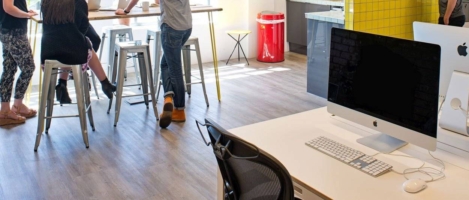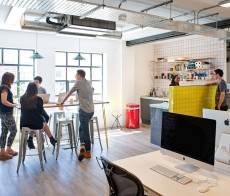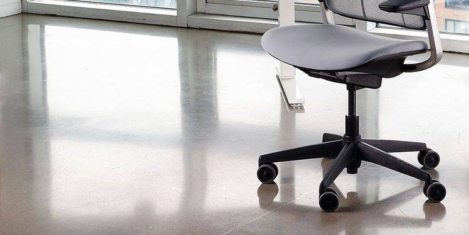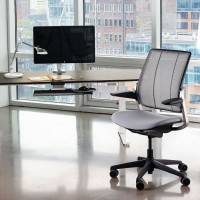August 2, 2015
Female bosses enhance workforce engagement and motivation
 As businesses begin to ease out of recession they are starting to feel more confident in the economy and look at how they can increase spend. But while companies adjust to their new found growth they must ensure that their employees are reassured that they have a voice and, more importantly, are listened to. At Pure, we’ve recently taken a look at the wider impact which employee engagement can have on businesses big and small using an analysis of some key research. This included some illuminating data on gender roles, which included the fact that employees who work for a female manager are 6 percent more engaged, on average, than those who work for a male manager; female employees who work for a female manager are the most engaged, at 35 percent and male employees who work for a male manager are the least engaged, at 25 percent.
As businesses begin to ease out of recession they are starting to feel more confident in the economy and look at how they can increase spend. But while companies adjust to their new found growth they must ensure that their employees are reassured that they have a voice and, more importantly, are listened to. At Pure, we’ve recently taken a look at the wider impact which employee engagement can have on businesses big and small using an analysis of some key research. This included some illuminating data on gender roles, which included the fact that employees who work for a female manager are 6 percent more engaged, on average, than those who work for a male manager; female employees who work for a female manager are the most engaged, at 35 percent and male employees who work for a male manager are the least engaged, at 25 percent.

































August 5, 2015
Using office relocation as a vehicle for positive organisational change 0
by Lee Parsons • Comment, Facilities management, Workplace, Workplace design
(more…)